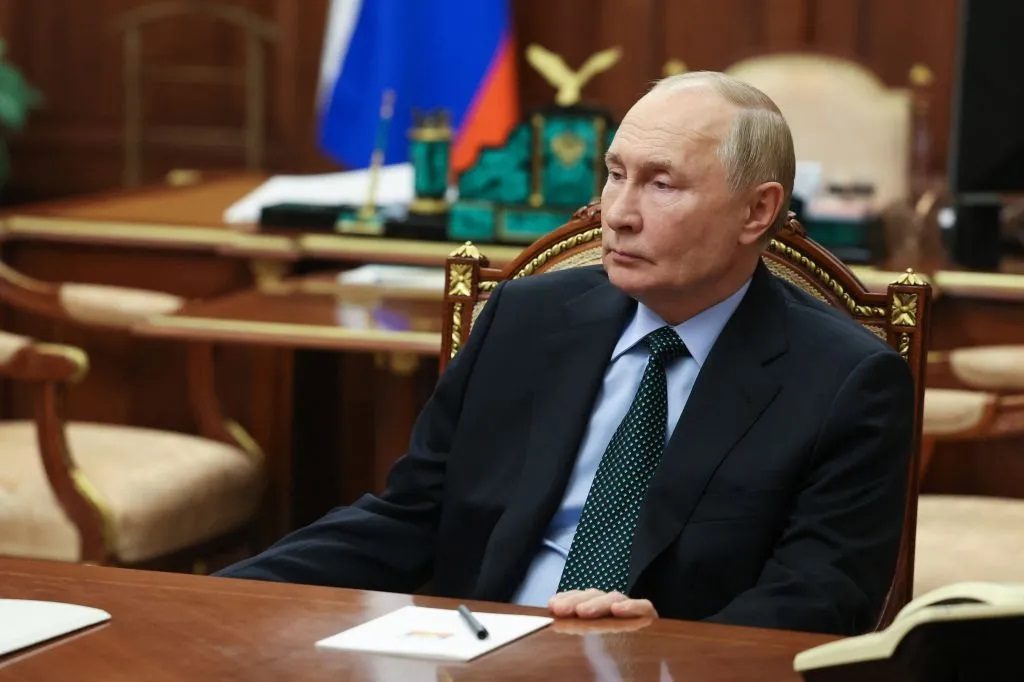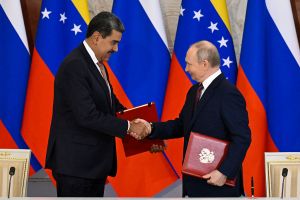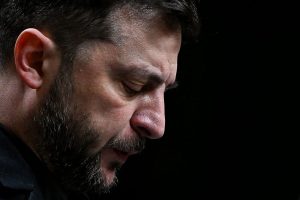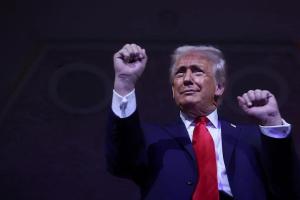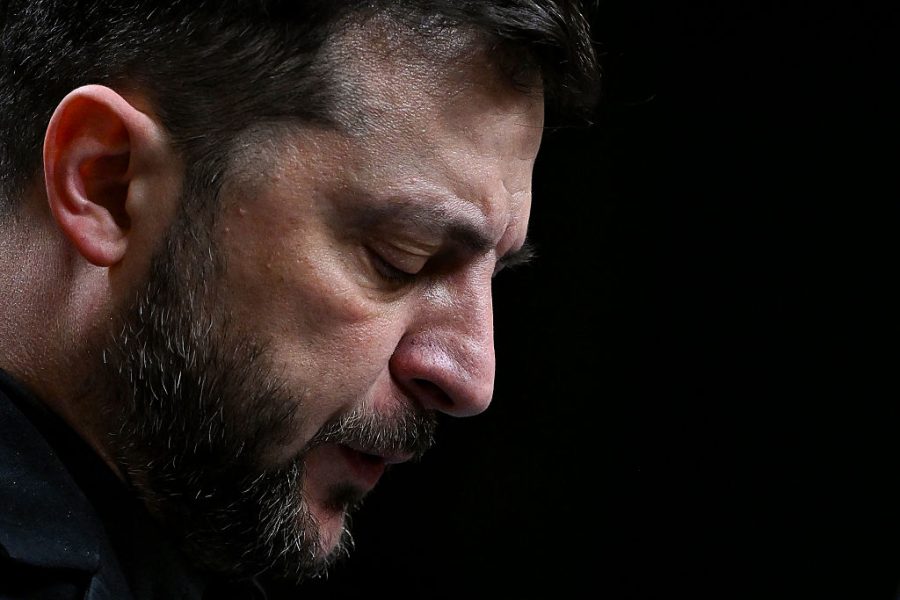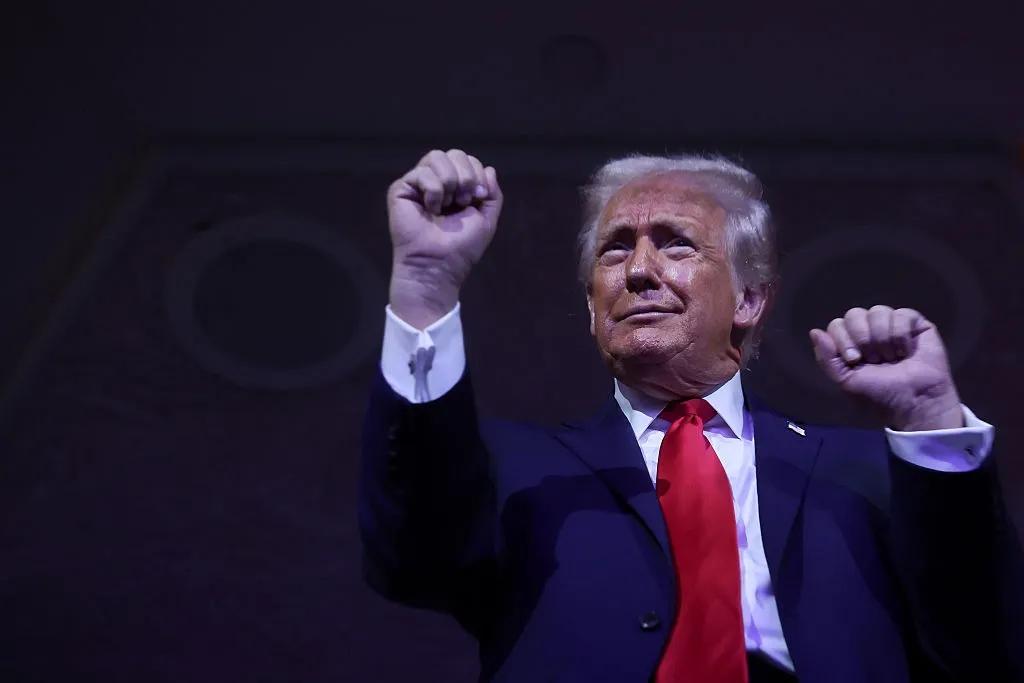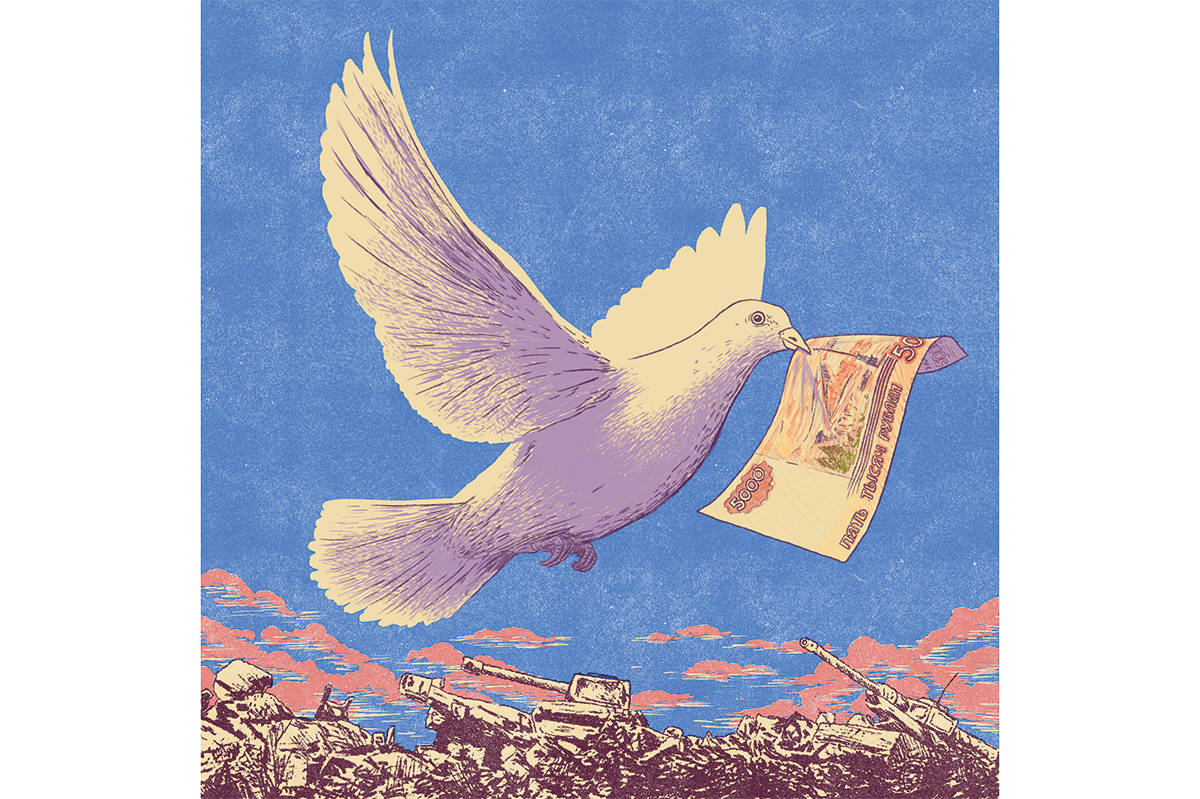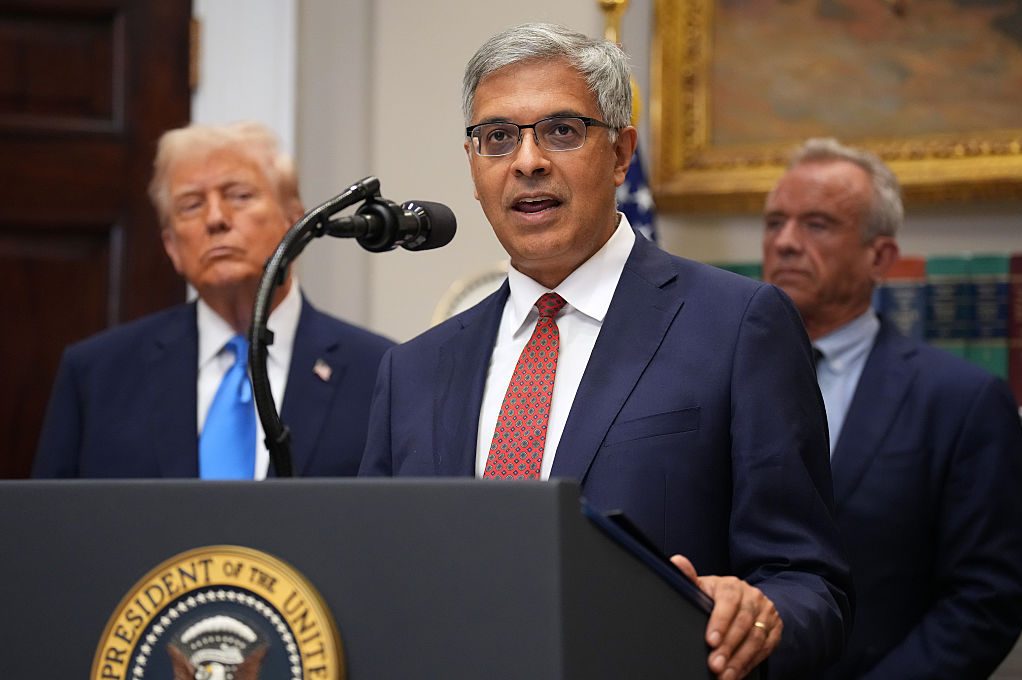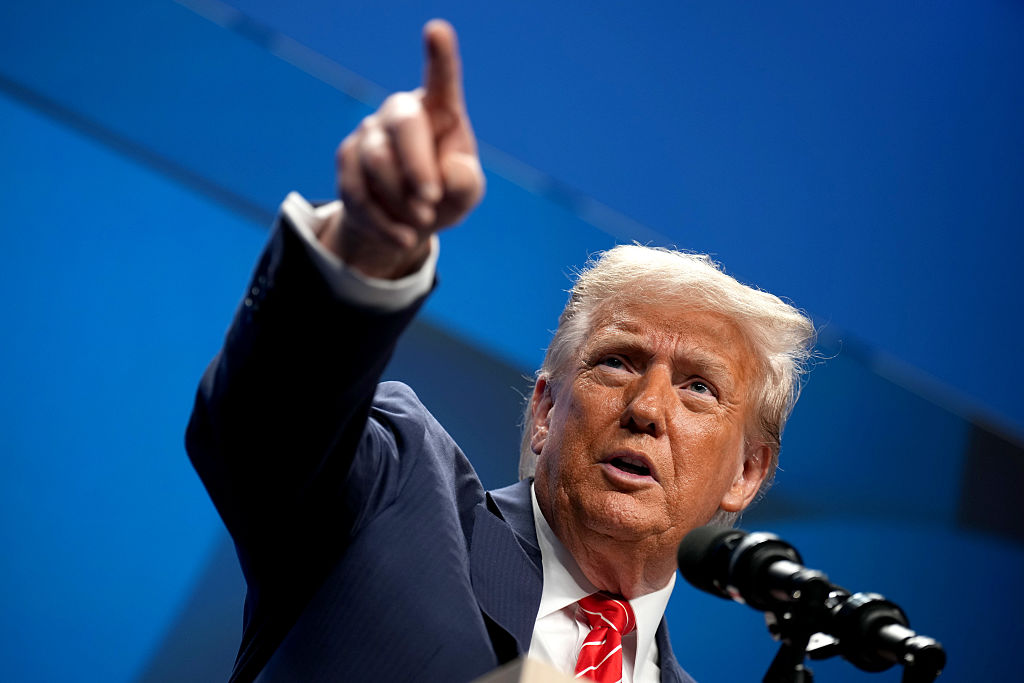Donald Trump is still two months away from becoming the forty-seventh president of the United States, and yet his return to the Oval Office in January has already provoked a flurry of policy U-turns by the White House and rising expectation, even in Moscow, of a deal to end the war in Ukraine.
Elements of a potential settlement reportedly agreeable to President Putin emerged on Reuters today based on kite-flying suggestions by Russian officials. While there is nothing particularly new in the broad outline of Moscow thinking, the fact that Russian officials are pushing it out in some detail reflects an awareness in the Kremlin that with Trump in power, the potential for a deal that will satisfy Putin after 1,000 days of war might be on the cards.
Anything that pleases Putin will be rigorously opposed by the European members of the fifty-nation, US-led coalition backing and arming the Kyiv government who still believe, or at least claim they do, that Ukraine can win the war.
However, Trump has boasted on so many occasions that he will fix things on his first day in office that Putin, as well as President Zelensky, are preparing themselves for the man who promotes himself as the master dealmaker.
There is no official Kremlin confirmation of the latest Moscow thinking
President Biden, too, has responded in his own way to the imminent arrival of Trump in his place. His decision, after months and months of reluctance, to authorize Kyiv to fire American ATACMS long-range missiles into Russia — and to send anti-personnel land mines to Ukraine — was claimed to be in retaliation for the presence of 10,000 North Korean troops alongside Russian forces. But for Biden, it was much more than that. He wanted to remind Trump that under his administration, Russia was never going to win the war.
So, are there real prospects for a settlement? Or is the latest reporting from Moscow all part of another game to restate Putin’s personal red lines for a deal, which haven’t really changed ever since the first attempts were made to end the war as far back as February 28, 2022, four days after the Russian invasion?
According to the Reuters report, Putin is making it clear he is ready to discuss a ceasefire deal with Trump, but not on the basis of any handover of Russian-occupied territory. NATO membership for Ukraine must also be abandoned but Putin is open to some form of security arrangement being put in place — provided Ukraine is declared a neutral state.
The Moscow deal would effectively freeze the conflict along the current frontlines — although there could be negotiations over the precise carving up of the four eastern regions of Donetsk, Luhansk, Zaporizhzhia (the location of the largest nuclear power plant in Europe) and Kherson.
The Russian officials said there might be some leeway over small patches of ground Moscow holds in the Kharkiv and Mykolaiv regions in the north and south of Ukraine. Crimea, annexed by Russia without a fight in 2014, would never be given up.
There is no official Kremlin confirmation of the latest Moscow thinking. Indeed, Dmitry Peskov, the Kremlin spokesman, has said that Putin would not countenance freezing the conflict, presumably because in recent months Russian troops have been making small but steady gains in eastern Ukraine, forcing Ukrainian troops back.
Putin has in the past admitted he would consider the deal first outlined at a “peace” conference in Istanbul in April, 2022, in which Ukraine would have to accept permanent neutrality in return for international security guarantees underwritten by the five permanent members of the UN Security Council: the US, Russia, China, Britain and France. But no NATO troops on Ukrainian territory.
NATO leaders are still voicing their hopes that somehow Ukraine can reverse the setbacks on the battlefield and build its own leverage to make Putin agree on territorial concessions. This is why Zelensky sent combat-proven troops into Kursk in western Russia in August. But while it seemed to be a bold move and a clever strategy, it could ultimately fail, as Russian and North Korean troops have begun to seize back some of the 385 square miles of occupied territory in Kursk.
A ceasefire deal, if it happens, will be a tussle between Putin, who is determined to present his “special military operation” to the Russian people as a victory for the motherland, and also wants to give two fingers to the US and NATO, and Zelensky, who called upon his people to make unbelievable sacrifices in order to preserve and protect Ukraine’s territorial integrity.
Giving in to Putin in a Trump-brokered deal would not just be devastating for Zelensky personally but might also bring to an end his political career as the warrior leader.
This article was originally published on The Spectator’s UK website.



